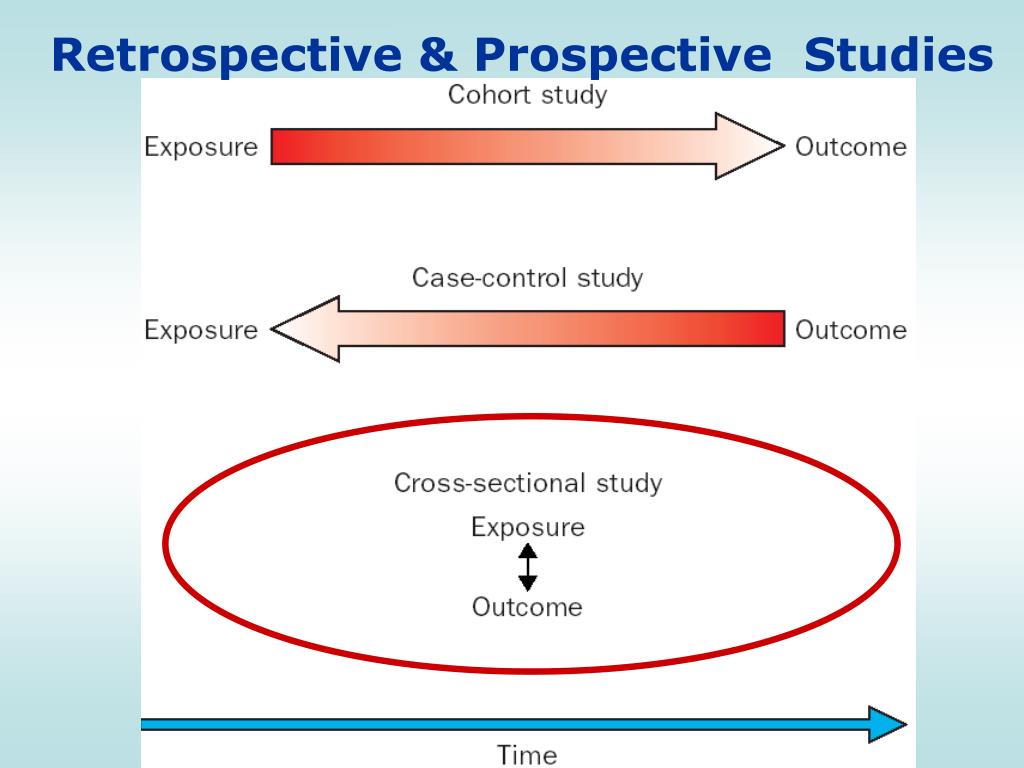
Vaccination status was defined according to each specific vaccine schedule, as well as a composite variable (any vaccine). The exposure variable was vaccination status (vaccinated with two doses vs unvaccinated). Data on individuals vaccinated against COVID-19 and data on documented SARS-CoV-2 infections were collected from the Swedish Vaccination Register and the SmiNet register, respectively, both of which are managed by the Public Health Agency of Sweden. Matched individuals were excluded if they received a first dose of vaccine, had a documented previous SARS-CoV-2 infection, or died within 14 days of baseline, whereby a new individual was searched from the remaining total cohort. Baseline for both individuals in each matched pair was set to the date of the second dose of vaccine in the vaccinated individual. From this cohort, each individual who was vaccinated with two doses, with no documented SARS-CoV-2 infection and alive within 14 days of vaccination, was matched (1:1) to one randomly sampled individual from the rest of the cohort on birth year and sex. This cohort was updated with respect to data on vaccinations and documented infections until Oct 4, 2021. In total, the cohort (vaccinated, those with documented infection, and matches) consisted of 5 833 003 individuals. Each individual was then matched (1:1) by Statistics Sweden, the national agency for statistics, to one randomly sampled individual from the total population of Sweden on birth year, sex, and municipality. We included all individuals (n=3 640 421) vaccinated with at least one dose of any COVID-19 vaccine (ChAdOx1 nCoV-19, BNT162b2, or mRNA-1273) in Sweden until May 26, 2021, and all individuals with a documented SARS-CoV-2 infection until (n=1 331 989).

This retrospective, total population cohort study was done in Sweden. Overall, there was some evidence for lower vaccine effectiveness in men than in women and in older individuals than in younger individuals. For the outcome of severe COVID-19, vaccine effectiveness waned from 89% (82 to 93 p<0♰01) at 15–30 days to 64% (44 to 77 p<0♰01) from day 121 onwards. By contrast, vaccine effectiveness for homologous ChAdOx1 nCoV-19 vaccine was 68% (52 to 79 p<0♰01) at 15–30 days, with no detectable effectiveness from day 121 onwards (−19% p=0♴9).
Retrospective cohort plus#
Waning was also slightly slower for heterologous ChAdOx1 nCoV-19 plus an mRNA vaccine, for which vaccine effectiveness was 89% (79 to 94 p<0♰01) at 15–30 days and 66% (41 to 80 p<0♰01) from day 121 onwards.

Waning was slightly slower for mRNA-1273, with a vaccine effectiveness of 96% (94 to 97 p<0♰01) at 15–30 days and 59% (18 to 79 p=0♰12) from day 181 onwards.

For the outcome SARS-CoV-2 infection of any severity, the vaccine effectiveness of BNT162b2 waned progressively over time, from 92% (95% CI 92 to 93 p<0♰01) at 15–30 days, to 47% (39 to 55 p<0♰01) at 121–180 days, and to 23% (−2 to 41 p=0♰7) from day 211 onwards.


 0 kommentar(er)
0 kommentar(er)
